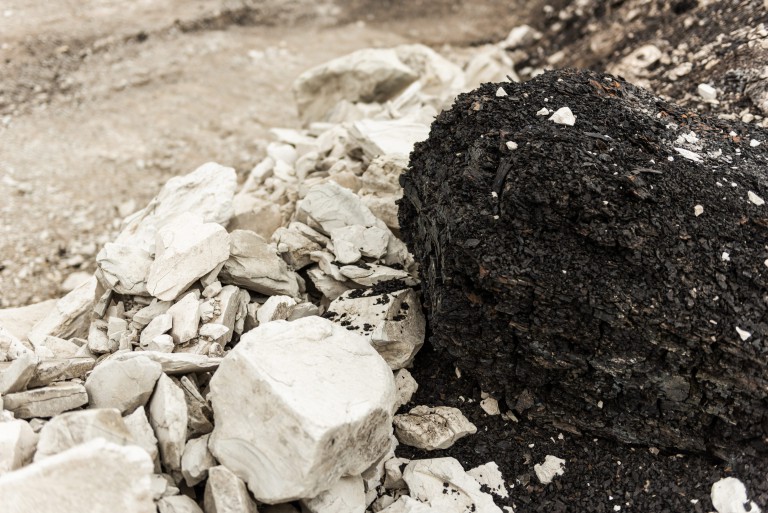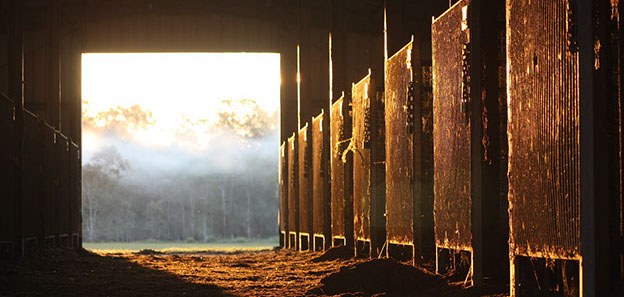What is ammonia?
Ammonia is a gas that is a by-product of animal waste, produced from nitrogen in urine and animal feces. Some of the nitrogen in an animal’s diet is metabolized into animal protein, for example, milk, meat or eggs. However, excess nitrogen is excreted through urine and feces and during manure decomposition ammonia is produced and released into the air.
What factors can cause high ammonia levels?
Litter conditions and ventilation are two of the biggest factors affecting ammonia concentrations. Ammonia production is significantly impacted by moisture, pH and the temperature of the litter in your barn, poultry house and stables. Wet litter is particularly bad for ammonia production. Poor ventilation, a build-up of animal waste and faulty water distribution means can contribute to wet litter.
Is ammonia dangerous to my animals?
Ammonia gas often accumulates inside animal shelters, particularly those with reduced ventilation. This can result in an air quality hazard, as high levels of ammonia can negatively impact animal health and productivity. Concerns in chickens exposed to high levels of ammonia include reduced body weight and productivity, increased likelihood of respiratory disease, a weakened immune system and decreased welfare and overall comfort.
At high concentrations, ammonia can irritate an animal’s respiratory tract and can damage the corneas of the eyes. Damage to the respiratory system of a bird can lead to an increased susceptibility to bacterial respiratory infections, especially infections from E. coli.
Is ammonia dangerous to me?
Ammonia can also have a negative impact on human health. When exposed to even low levels of ammonia you may experience an irritation of the lungs and eyes.
The effect of ammonia on the environment
It is estimated that animal agriculture accounts for 50 – 85% of all man-made ammonia in the atmosphere in the US and, in recent years, ammonia emissions from animal agriculture have drastically increased.
Airborne ammonia can be very detrimental, as it can travel hundreds of miles from where it originated and may negatively impact water, plant, and soil systems. In fact, scientists in Europe have found that ammonia emissions in Northern Europe have made their way to the Mediterranean Sea, causing nitrogen pollution. The negative effects of ammonia have also impacted the Gulf of Mexico by way of ammonia emissions from the Midwest.
Ammonia emissions also contribute to the development of haze. Sources suggest that “In the United States, haze has reduced natural visibility from 90 miles to between 15 and 25 miles in the East and from 140 miles to between 35 and 90 miles in the West”.
How to control ammonia
Products with the ability to acidify poultry litter can help in reducing ammonia emissions from birds. This processes of acidifying the litter reduces ammonia emissions by minimizing the conversion of ammonium to ammonia.
Ammonia levels can also be decreased by improving ventilation within the enclosure and employing good litter management practices. By improving ventilation, and with the help of agricultural absorbents and deodorizers, litter and bedding will dry more quickly, decreasing ammonia levels.


